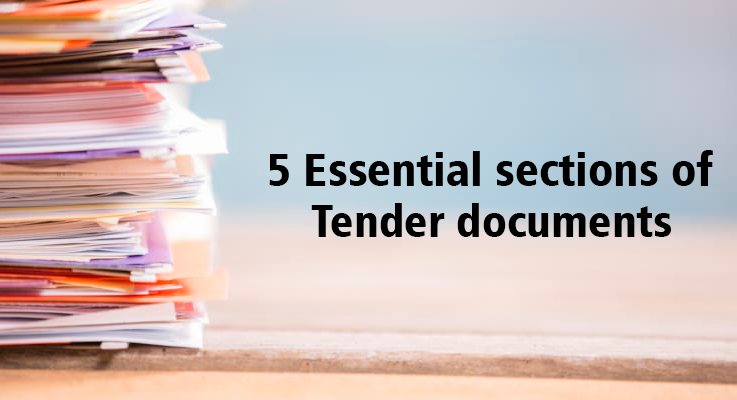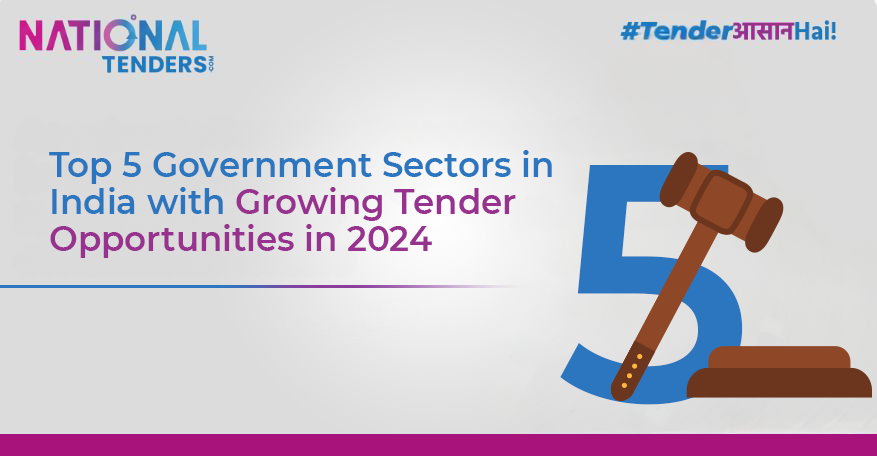- Home
- >
- Blog
OUR BLOG
A collection of stories about our people, our capabilities, our research, and the ever-changing face of our firm.

NationalTenders
5 essential sections of a tender document | 24 Mar, 2021
5 essential sections of a tender document
A relevant tender can take your business to the heights you can only imagine. But to do so, you need to identify which one is relevant to you. To understand its relevance, you need to understand what a tender comprises. A tender is basically an invitation to all the vendors to provide their goods or services to various companies, organizations, government bodies, PSUs, etc. Tenders are generally used to invite interested bidders by an organization for a specific project or procurement.
Tendering is a widely accepted procurement method which is used in most parts of the world. It requires extensive paperwork and that’s why tender documents are an integral part of the process. These tender documents usually have astandard set of sections which makes it easier for the sellers to draft bids. Let’s see the important sections in a tender document.
Participation Conditions:
This section provides the basic and the most important conditions that need to be fulfilled by a seller.It generally asks the seller to submit documents and records proving that he is eligible for the particular project. It also asks the financial records, insurance documents, licenses, and past project records.
Accreditation:
This section requires a seller to demonstrate that he can meet all the requirements of the buyer. The seller has to provide certifications of quality and accreditations like ISO, ISI, etc. A seller can also outline the work processes followed by his firm to build trust with the buyer that he can expect superior quality in products or services.
Specifications:
This section requires the seller to outline the specific information about that particular project. These specifications can be about the goods or services, the expected timeline for the project, pricing, delivery timeframe, etc. This section is very important for a buyer as he needs to evaluate the seller based on that.
Contract Conditions:
A tender document must provide all the conditions and necessary information about the responsibilities of the buyer and the seller. It has to clearly state the rights of both the parties. The terms and conditions need to be clearly outlined in this section. This section promotes transparency, clarity and comprehension in the tendering process.
Offer conditions:
This section includes the timeline of the tendering process. A seller must provide an official agreement to the proposed terms and conditions. This section also includes the location wherein the submission is made. It also includes segments like the submission process, the evaluation process, etc.
 Top 5 Government Sectors in India with Growing Tender Opportunities in 2024
Top 5 Government Sectors in India with Growing Tender Opportunities in 2024 Top 5 States in India with Highest Government Tenders in 2024
Top 5 States in India with Highest Government Tenders in 2024 India @ 2030: India's Business Landscape in the Next 5 Years
India @ 2030: India's Business Landscape in the Next 5 Years International Business Opportunities V/S Business Opportunities in India (Guide)
International Business Opportunities V/S Business Opportunities in India (Guide) How Did Government e-Marketplace (GeM) Change Indian Procurement?
How Did Government e-Marketplace (GeM) Change Indian Procurement?